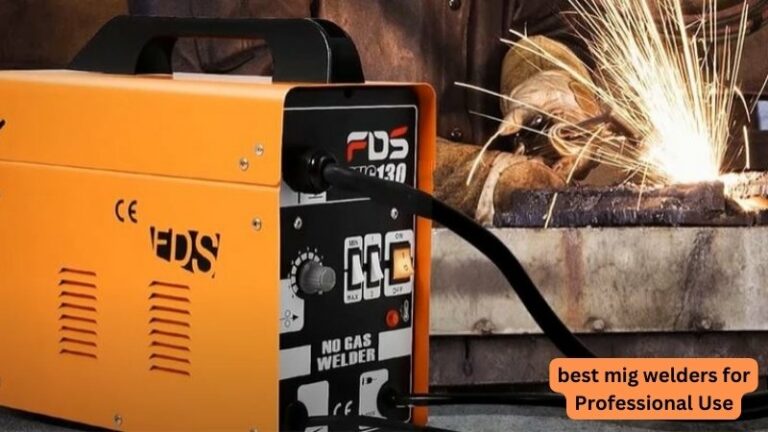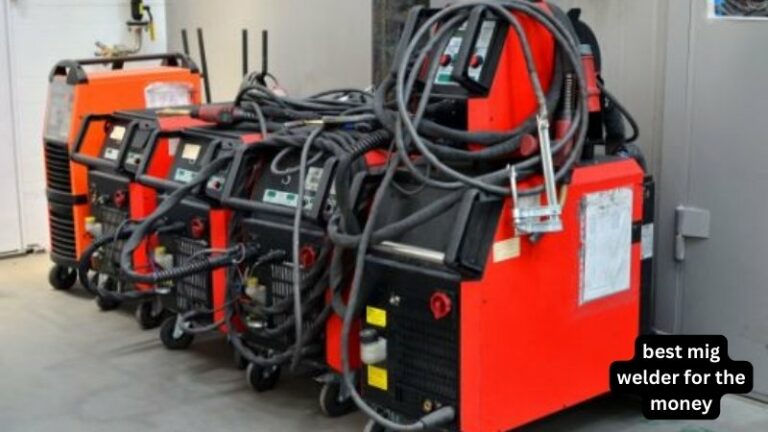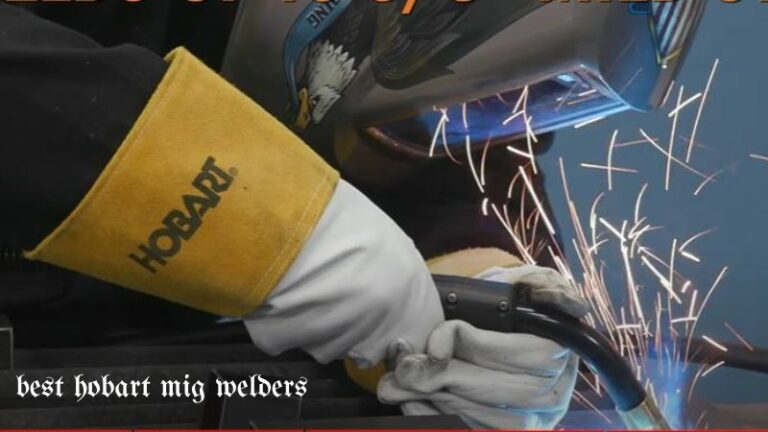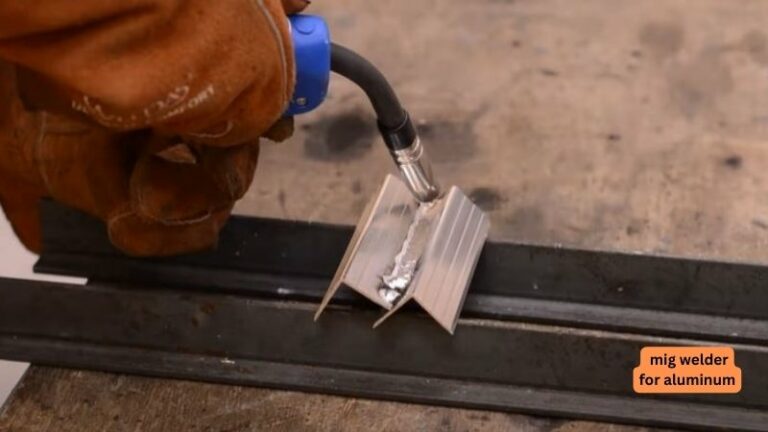Exhaust Mig Welding
Welcome to the world of exhaust MIG welding! If you’ve ever wondered how those shiny pipes on cars and motorcycles are created, you’re in the right place. In this article, we’ll explore the ins and outs of exhaust MIG welding and discover why it’s a crucial technique in the automotive industry.
Picture this: a blazing torch, sparks flying, and metal being seamlessly fused together. That’s what exhaust MIG welding is all about – the art of creating strong, durable, and aesthetically pleasing exhaust systems using a process called Metal Inert Gas (MIG) welding. So whether you’re a curious gearhead or just fascinated by the world of fabrication, get ready to dive into this exciting world of welding.
Get ready to unleash your inner engineer as we delve into the fascinating world of exhaust MIG welding. From understanding the basics to exploring advanced techniques, this article will be your ultimate guide. So, fasten your seatbelt and let’s begin our journey into the world of exhaust MIG welding!
– Prepare the exhaust system by cleaning the joint area.
– Set up your MIG welder according to the recommended settings.
– Position the welding torch at a 10-15 degree angle and start welding.
– Move the torch in a steady motion, ensuring good penetration and a strong bond.
– After welding, clean the weld and inspect for any defects.
Master the art of exhaust MIG welding for seamless repairs!

Exhaust MIG Welding: A Comprehensive Guide
Exhaust MIG welding is a technique used in the automotive industry to join exhaust components together. It offers numerous advantages including high efficiency, cost-effectiveness, and durability. In this article, we will delve into the intricacies of exhaust MIG welding, exploring its process, benefits, and tips for achieving optimal results.
The Process of Exhaust MIG Welding
Exhaust MIG welding involves the use of a MIG (Metal Inert Gas) welding machine, which utilizes a solid wire electrode and a shielding gas to produce a weld. The process begins with cleaning the welding area, removing any rust, dirt, or contaminants that could affect the weld quality. Next, the welder sets the appropriate voltage and wire feed speed on the MIG welding machine based on the material being welded.
Once the settings are adjusted, the welder begins the welding process by striking an arc between the electrode and the workpiece. The electrode continuously feeds into the weld, melting the metal and creating a fusion between the exhaust components. The shielding gas, typically a mixture of argon and carbon dioxide, is released to protect the weld from atmospheric impurities and prevent oxidation. This creates a strong and durable bond between the exhaust components.
Benefits of Exhaust MIG Welding
Exhaust MIG welding offers several advantages over other welding techniques. First, it provides excellent productivity due to the high deposition rates achievable with the MIG welding process. This allows for faster welding, reducing production time and costs. Additionally, MIG welding provides a clean and aesthetically pleasing weld, making it ideal for visible exhaust components. The process also offers good control over heat input, minimizing distortion and ensuring the structural integrity of the welded joint.
Another significant benefit of exhaust MIG welding is its versatility. It can be used to weld a wide range of exhaust materials, including stainless steel, mild steel, and aluminum. This flexibility allows for the welding of different exhaust system components, catering to the specific requirements of various vehicles. In addition, MIG welding is relatively easy to learn and operate, making it accessible to both professionals and DIY enthusiasts.
Tips for Successful Exhaust MIG Welding
To achieve optimal results with exhaust MIG welding, it is crucial to follow certain tips and best practices. Firstly, ensure proper preparation of the welding area by cleaning and removing any rust or contaminants. A clean welding surface will result in a strong and reliable weld. Additionally, choose the appropriate wire diameter and shielding gas mixture for the material being welded. It is recommended to consult the welding machine manufacturer’s guidelines or seek professional advice for the correct settings.
Maintaining a consistent travel speed and angle during the welding process is also crucial. This helps create uniform and even welds, minimizing the risk of defects. It is essential to monitor the weld puddle closely, adjusting the wire feed speed and voltage as needed to maintain a stable arc. Lastly, always wear appropriate safety gear, including welding gloves, helmet, and protective clothing, to prevent injuries.
In conclusion, exhaust MIG welding is a highly efficient and reliable technique for joining exhaust components. Its versatility, cost-effectiveness, and aesthetic appeal make it an ideal choice for the automotive industry. By following the correct process, leveraging the benefits, and implementing essential tips, one can achieve excellent results in exhaust MIG welding projects. So, gear up, put on your welding helmet, and start creating strong and durable welds in your exhaust systems. Happy welding!
Key Takeaways: Exhaust MIG Welding
- Exhaust MIG welding is a process used to join exhaust pipes together.
- It uses a MIG (Metal Inert Gas) welding technique, which uses a wire electrode and a shielding gas.
- MIG welding is popular for exhaust systems as it provides high-quality, strong welds.
- Proper preparation is important, including cleaning the surfaces and using the right welding settings.
- Exhaust MIG welding requires proper ventilation to avoid inhaling harmful fumes and gases.
Frequently Asked Questions
Welcome to our FAQ section on exhaust MIG welding! Here, we address some of the commonly asked questions about this welding process used for exhaust systems. Read on to learn more!
Q: How does MIG welding work for exhaust systems?
MIG (Metal Inert Gas) welding is a popular process for joining metals, including exhaust components. In exhaust MIG welding, a consumable electrode wire is fed through a welding gun, along with a shielding gas such as argon or a mixture of gases to protect the weld pool. The wire is then melted and used to create a strong bond between the exhaust components.
The MIG welding process is efficient for exhaust systems as it allows for high deposition rates and better control over the weld penetration. It provides good resistance to corrosion and can handle the high temperatures typically found in exhaust systems.
Q: What are the advantages of using MIG welding for exhaust systems?
MIG welding offers several advantages when it comes to exhaust systems. One of the main benefits is its versatility, as it can be used to join a wide range of metals commonly used in exhaust systems, such as stainless steel and mild steel. It also provides good control over the welding process, allowing for precise and consistent welds.
Another advantage is the speed at which MIG welding can be performed. The high deposition rates make it a time-efficient process, which is crucial in industries where mass production is required. Additionally, MIG welding creates welds with good strength and ductility, ensuring the longevity and durability of the exhaust system.
Q: Can MIG welding be used on all types of exhaust systems?
MIG welding is suitable for most types of exhaust systems, including those made of stainless steel, mild steel, and even some types of aluminum. However, the specific materials used in the exhaust system will determine the welding parameters and techniques required.
It’s important to note that MIG welding may not be the best choice for certain high-performance exhaust systems that require specialized welding processes such as TIG (Tungsten Inert Gas) welding. Consulting with a professional welder or exhaust system manufacturer is recommended to ensure the right welding method is used for your specific exhaust system.
Q: What safety precautions should be taken when MIG welding exhaust systems?
When MIG welding exhaust systems, it’s essential to follow proper safety precautions. First and foremost, ensure that you are working in a well-ventilated area or use exhaust ventilation to remove fumes and gases generated during the welding process. Wear appropriate personal protective equipment (PPE), including a welding helmet, gloves, and protective clothing.
Also, make sure you have a fire extinguisher nearby in case of accidents. Since MIG welding involves the use of electricity, ensure you are following electrical safety guidelines and have a good grounding connection. Finally, double-check that the exhaust system is properly supported and secured during the welding process to prevent accidents or damage.
Q: Can MIG welding be used to repair exhaust system leaks?
Yes, MIG welding can be used to repair exhaust system leaks, depending on the location and severity of the leak. The process involves identifying the area of the leak, cleaning the surface, and then using MIG welding to fill the gap or crack. It’s important to note that proper welding techniques and materials should be used to ensure a strong and durable repair.
However, in some cases, especially if the leak is in a critical or highly stressed area of the exhaust system, it may be more advisable to replace the affected component rather than attempting a repair. Consulting with a professional welder or exhaust system specialist is recommended to determine the best course of action for repairing exhaust system leaks.
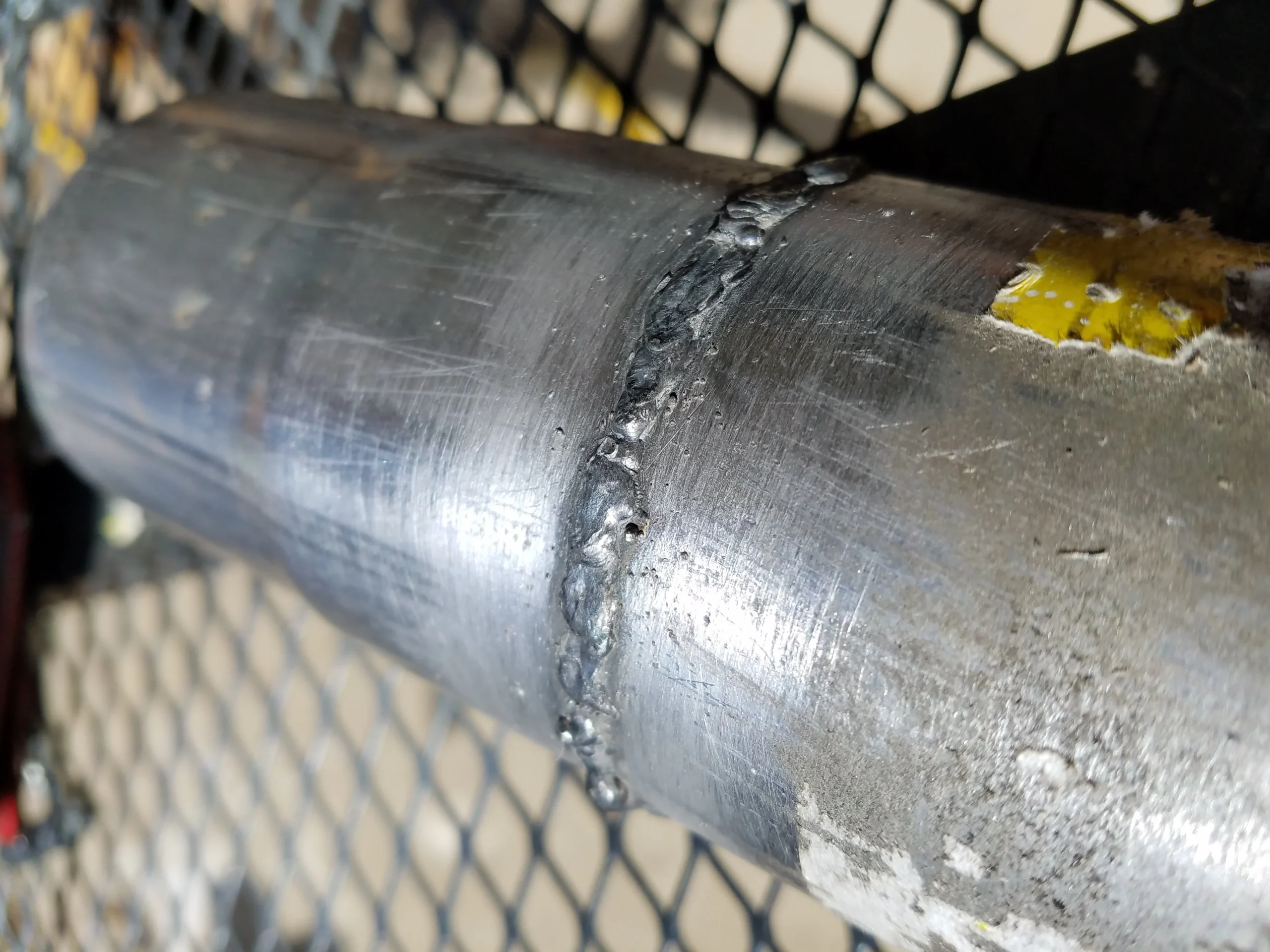
Source: beginnerweldingguide.com
MIG Welding Tips: Exhaust Tubing V8TV-Video
Summary
Exhaust MIG welding is a cool way to join metal parts together. It uses a special machine that melts a metal wire and blows it onto the joint, creating a strong bond. The process is faster and easier than traditional welding methods.
But there are some things to keep in mind. One is that the fumes from the welding can be harmful, so it’s important to work in a well-ventilated area. Another is that you need to use the right safety gear, like gloves and a helmet, to protect yourself. And lastly, practice makes perfect – it takes time to get the hang of welding, so don’t get discouraged if your first attempts aren’t perfect.
So if you’re interested in welding and want to give it a try, exhaust MIG welding might be a great option for you. Just remember to stay safe and have fun!
